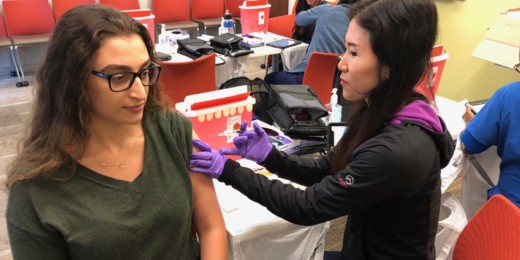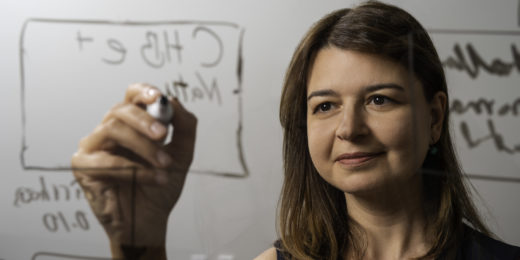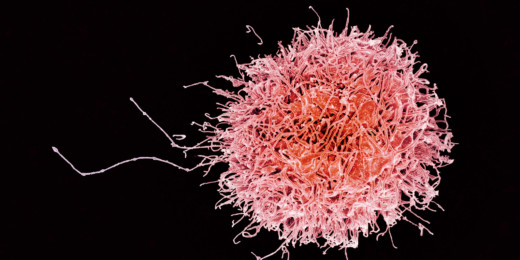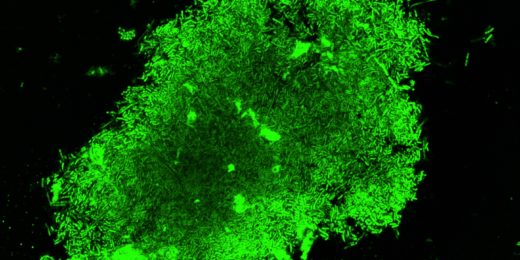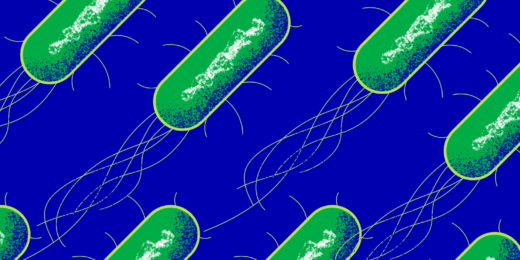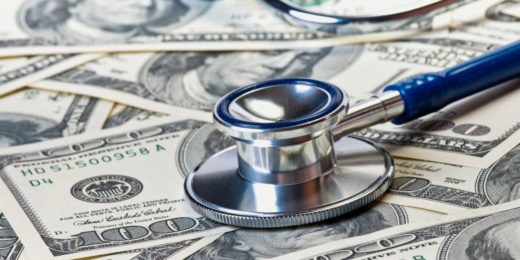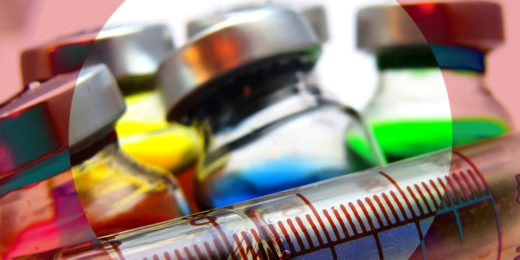The U.S. Preventative Services Task Force encourages those who are at high risk of contracting HIV to take a daily pre-exposure drug.
Category: Infectious Diseases
A new strategy for combatting antibiotic-resistant infections
Stanford chemists have developed a potential new strategy for fighting antibiotic-resistant bacterium — adding a new molecule onto an existing antibiotic.
100 years later, flu epidemic remains a possibility, Stanford physicians say
One hundred years after the 1928 influenza epidemic, flu remains a threat to society today, several Stanford emergency medicine clinicians explain.
Stanford scientist is working to halt spread of hepatitis B
Decision scientist Mehlika Toy is working with the WHO to help eliminate the public health burden of hepatitis B by the year 2030.
Inherited Neanderthal genes protect us against viruses, study shows
Stanford scientists have found that viral infections shaped human genome evolution after interbreeding with Neanderthals 50,000 years ago.
Immune cell ratios predict shift to active tuberculosis, Stanford-led study finds
The ratio between a certain types of immune cells is able to predict whether latent TB will shift into an active infection, new research has found.
New imaging technique can spot tuberculosis infection in an hour
A new imaging technology that harnesses fluorescence allows scientists to detect tuberculosis in an hour and to measure drug efficacy.
Cell membrane’s importance offers new strategy to fight infections
Found in about half of all bacterial species, the cell membrane that surrounds the cell wall may be more critical for survival than previously thought.
Curbing hepatitis B in the United States will save lives and money, according to a new study
Targeted screening can cut hepatitis B related deaths in the U.S. by half - and save money.
Aiming to wipe out cervical cancer with HPV vaccine, screening
The American Cancer Society joins forces with National Cancer Institute-designated cancer centers to promote the HPV vaccine and eliminate cervical cancer.
Huge study shows cancer benefits, limitations of antiretroviral therapy for HIV
Antiretroviral therapy, a breakthrough treatment for HIV infection, suppresses the levels of circulating HIV viral particles in the blood. When it works, cancer rates drop, according to a new study. Still, even when the therapy is successful, HIV-positive individuals retain elevated rates of cancer.
New study observes tuberculosis bacteria attacking antibiotics
Researchers have used an ultrafast, intense X-ray laser to observe how Mycobacterium tuberculosis bacteria attack antibiotics, making the drugs ineffective.
Bad bug’s Achilles heel: New drug targets identified for S. aureus
A hitherto unheralded set of telltale enzymes may prove to be perfect targets for shooting down a gang of nasty bacterial pathogens collectively called S. aureus.
Nipah virus could evolve to spread globally, Stanford researcher says
Stanford's Stephen Luby discusses how the little-known but deadly Nipah virus is transmitted, in light of news of an outbreak in southern India.
What everyone should know about HPV
During a recent talk, Lisa Goldthwaite, a clinical assistant professor at Stanford, told the truths of HPV, sharing practical insights and lessons that are important to everyone's health.
Combating tapeworm infections and epilepsy in rural China
Stanford researchers pinpointed boarding schools in rural regions of China's Sichuan province as key spots for intervention against a potentially-fatal tapeworm infection.




